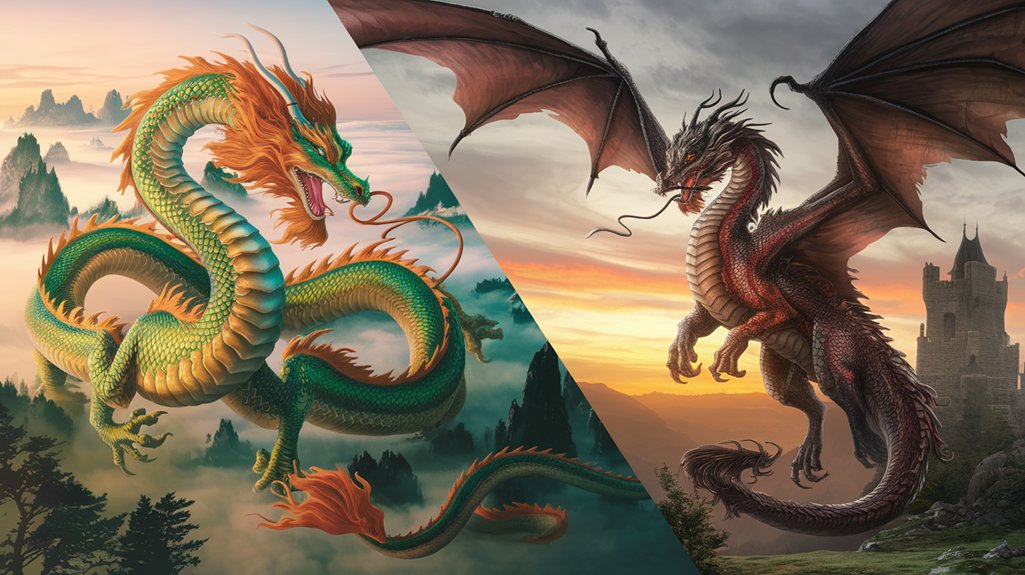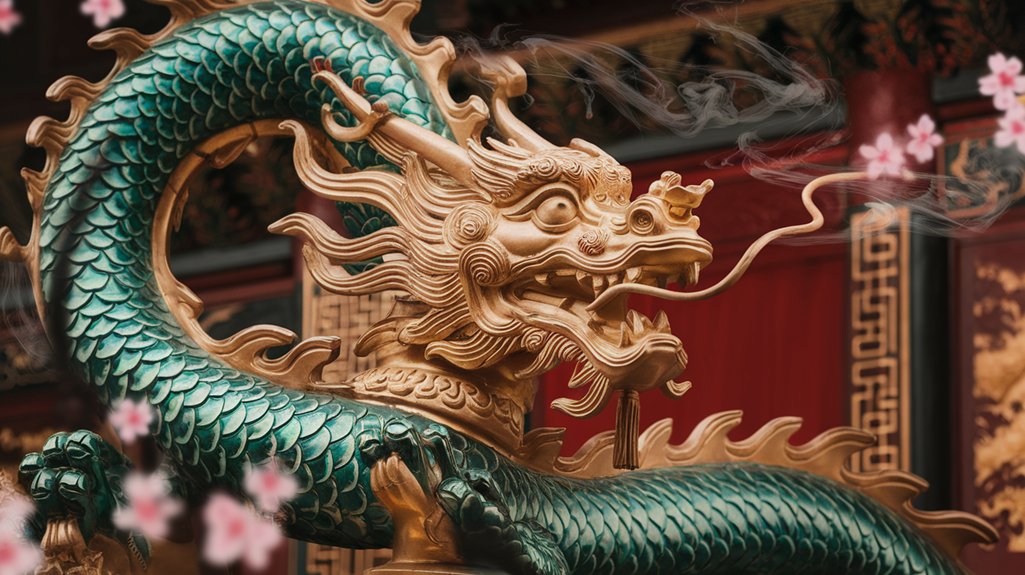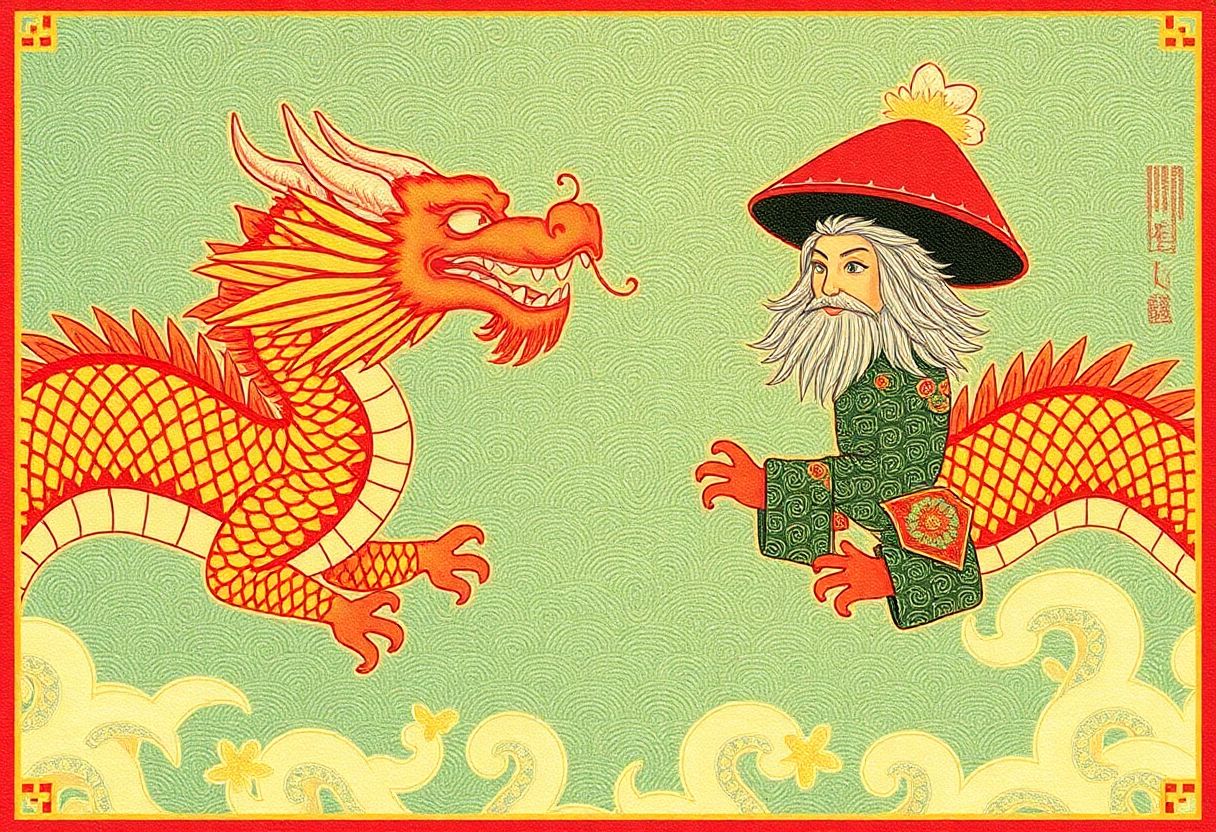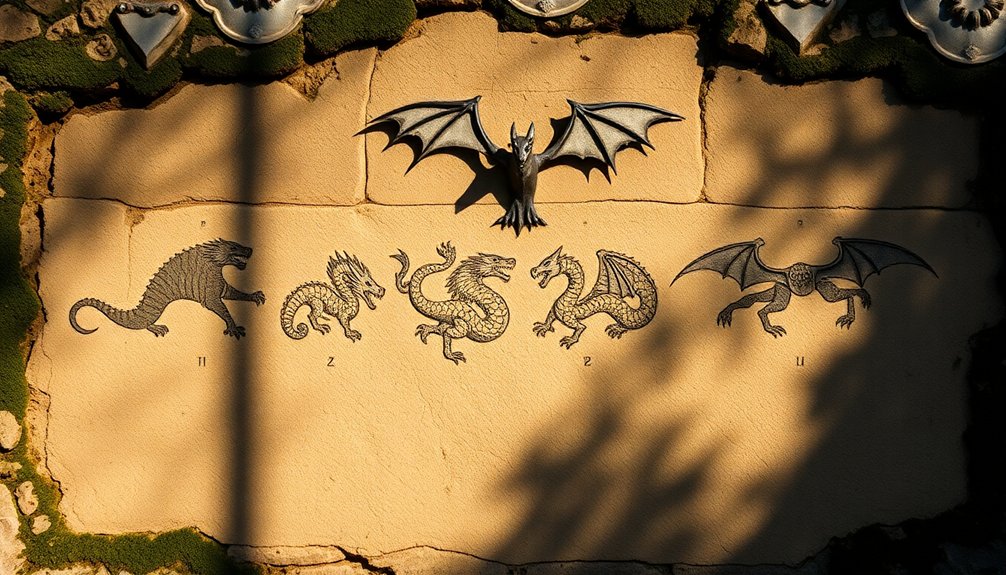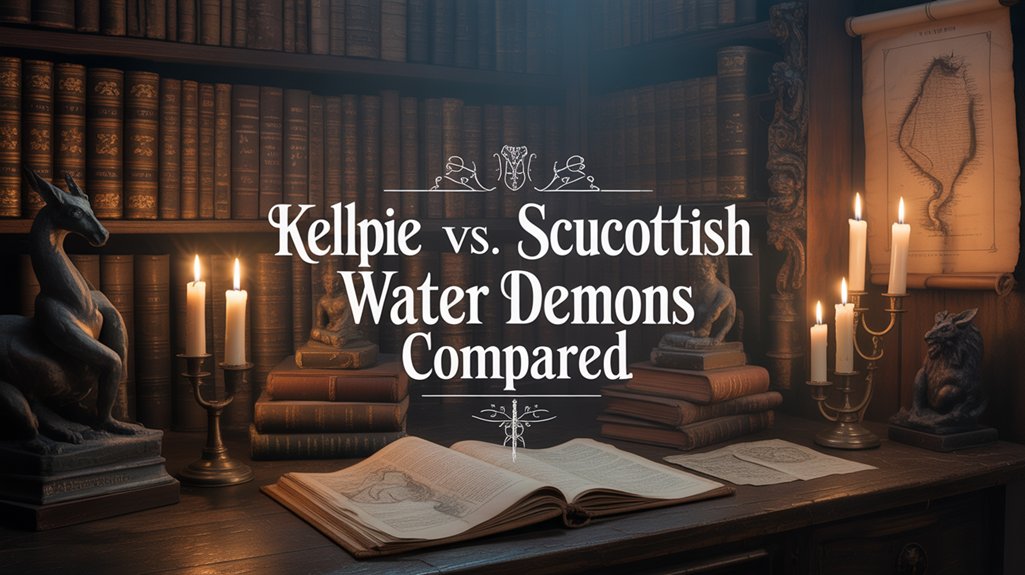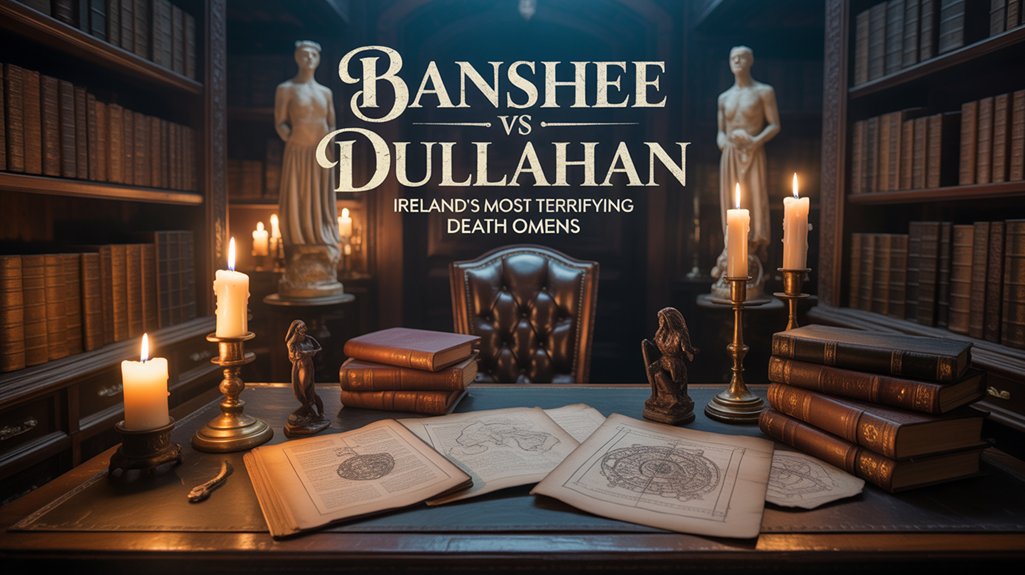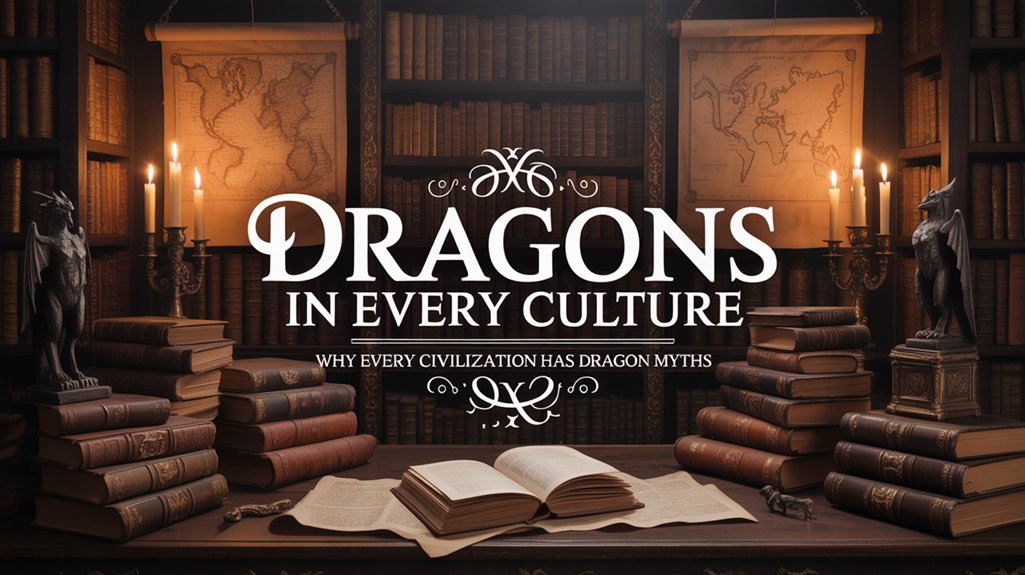Dragons have captivated human imagination for millennia, appearing in the folklore, mythology, and literature of cultures worldwide. These magnificent creatures, though varying dramatically in appearance and symbolism across different societies, remain among the most enduring and powerful mythological beings in human history.
Table of Contents
ToggleOrigins and Evolution
Archaeological evidence suggests that dragon myths may have originated from early human encounters with large reptiles, dinosaur fossils, or natural phenomena such as lightning and volcanic eruptions. The word “dragon” derives from the ancient Greek “drakon,” meaning “serpent” or “giant seafish,” while similar concepts appear independently across isolated civilizations, suggesting a fundamental human fascination with these creatures.
Ancient Mesopotamian texts from around 4000 BCE describe dragon-like beings such as Tiamat, the primordial goddess of chaos depicted as a monstrous sea serpent. Egyptian mythology featured Apep, the serpentine embodiment of chaos that threatened the sun god Ra’s nightly journey through the underworld.
Eastern Dragons: Symbols of Wisdom and Fortune
In East Asian cultures, dragons occupy a position of reverence and respect. Chinese dragons, or “long,” are benevolent creatures associated with water, rainfall, and imperial power. These serpentine beings possess four legs, antler-like horns, and the ability to fly without wings. They symbolize strength, luck, and divine authority, with the emperor traditionally claiming to be the earthly incarnation of the dragon.
Japanese dragons, influenced by Chinese tradition but adapted to local beliefs, often serve as water deities protecting specific bodies of water or regions. Korean dragons similarly represent wisdom and protection, frequently depicted as guardians of Buddhist temples and sacred spaces.
These Eastern dragons rarely engage in the destructive behavior attributed to their Western counterparts. Instead, they serve as wise counselors, bringers of good fortune, and protectors of the natural order.
Western Dragons: Beasts of Chaos and Challenge
European dragon mythology presents a starkly different narrative. Western dragons typically appear as enormous, winged reptiles with four legs, breathing fire and hoarding treasure. These creatures embody chaos, greed, and destruction, serving as formidable adversaries for heroes and saints in countless tales.
The most famous dragon-slaying narratives include Saint George’s victory over the dragon threatening the princess, Beowulf’s final battle with the fire-drake, and the Norse tale of Sigurd defeating Fafnir. These stories often represent the triumph of Christian values over paganism, civilization over wilderness, or good over evil.
Medieval European bestiaries described dragons as real creatures, providing detailed accounts of their habits, habitats, and weaknesses. This pseudo-scientific approach reflects the medieval worldview where the line between natural history and mythology remained fluid.
Dragons in Literature and Modern Media
The 20th and 21st centuries have witnessed a renaissance in dragon literature, moving beyond simple good-versus-evil narratives to explore complex relationships between humans and dragons. J.R.R. Tolkien’s Smaug in “The Hobbit” established many modern conventions for literary dragons, combining intelligence, arrogance, and devastating power.
Contemporary fantasy literature has further evolved dragon portrayals. Anne McCaffrey’s “Dragonriders of Pern” series presents dragons as telepathic partners to human riders, while George R.R. Martin’s “A Song of Ice and Fire” depicts them as weapons of war and symbols of dynastic power. These modern interpretations often emphasize the dragons’ intelligence, emotional complexity, and capacity for both destruction and companionship.
Cultural Symbolism and Psychology
Dragons serve as powerful symbols representing humanity’s relationship with nature, power, and the unknown. In Jungian psychology, dragons often represent the shadow archetype – the dark, unconscious aspects of the psyche that must be confronted and integrated rather than simply defeated.
The universality of dragon myths suggests they fulfill fundamental psychological needs, serving as metaphors for natural disasters, political oppression, or personal challenges. Their dual nature – simultaneously terrifying and magnificent – reflects humanity’s complex relationship with power and the sublime.
Scientific Perspectives
While dragons remain firmly in the realm of mythology, paleontologists and biologists have explored the theoretical possibility of such creatures existing. The discovery of pterosaur fossils and large dinosaur remains may have contributed to dragon legends, while studies of modern reptiles and birds provide insights into how dragon-like creatures might function biologically.
Some researchers have examined whether large flying reptiles could realistically breathe fire, concluding that while challenging, such abilities are not entirely impossible given the right evolutionary pressures and chemical adaptations.
Dragons continue to evolve alongside human culture, adapting to new media, contexts, and interpretations while maintaining their fundamental appeal as symbols of power, wisdom, and wonder. Their enduring presence in human storytelling demonstrates our persistent fascination with creatures that embody both our fears and aspirations, bridging the gap between the mundane and the magical in ways few other mythological beings can match.

